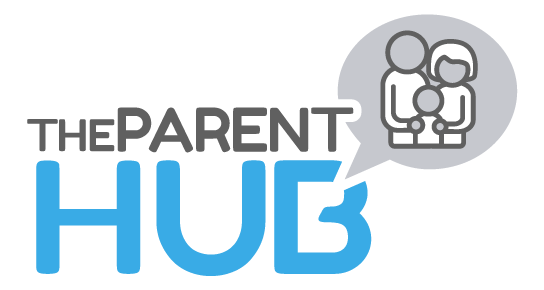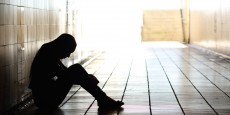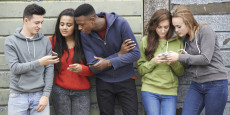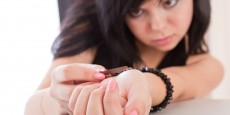
*The following is excerpted from an online article posted on PsychCentral.
A new report suggests the more time a young adult uses social media, the more likely they are to feel socially isolated.
In a national analysis, University of Pittsburgh School of Medicine (UPMC) scientists also found that in addition to the time spent online, the frequency of use was associated with increased social isolation.
The finding contradicts the belief that social media help to reduce social isolation among young adults. That is, social media is not a true panacea to help reduce perceived social isolation when a person lacks a sense of social belonging, true engagement with others and fulfilling relationships.
“We do not yet know which came first — the social media use or the perceived social isolation,” said senior author Elizabeth Miller, M.D., Ph.D., professor of pediatrics at Pitt and chief of the Division of Adolescent and Young Adult Medicine at Children’s Hospital of Pittsburgh of UPMC.
“It’s possible that young adults who initially felt socially isolated turned to social media. Or it could be that their increased use of social media somehow led to feeling isolated from the real world. It also could be a combination of both. But even if the social isolation came first, it did not seem to be alleviated by spending time online, even in purportedly social situations.”
“This is an important issue to study because mental health problems and social isolation are at epidemic levels among young adults,” said lead author Brian A. Primack, M.D., Ph.D., director of Pitt’s Center for Research on Media, Technology and Health.
“We are inherently social creatures, but modern life tends to compartmentalize us instead of bringing us together. While it may seem that social media presents opportunities to fill that social void, I think this study suggests that it may not be the solution people were hoping for.”
In 2014, Primack and his colleagues sampled 1,787 U.S. adults ages 19 through 32, using questionnaires to determine time and frequency of social media use by asking about the 11 most popular social media platforms. Media platforms included Facebook, YouTube, Twitter, Google Plus, Instagram, Snapchat, Reddit, Tumblr, Pinterest, Vine, and LinkedIn.
The scientists measured participants’ perceived social isolation using a validated assessment tool called the Patient-Reported Outcomes Measurement Information System.
Even when the researchers controlled for a variety of social and demographic factors, participants who used social media more than two hours a day had twice the odds for perceived social isolation than their peers who spent less than half an hour on social media each day.
And participants who visited various social media platforms 58 or more times per week had about triple the odds of perceived social isolation than those who visited fewer than nine times per week.
The researchers have several theories for how increased use of social media could fuel feelings of social isolation, including:
- social media use displaces more authentic social experiences because the more time a person spends online, the less time there is for real-world interactions;
- certain characteristics of social media facilitate feelings of being excluded, such as when one sees photos of friends having fun at an event to which they were not invited;
- exposure to highly idealized representations of peers’ lives on social media sites may elicit feelings of envy and the distorted belief that others lead happier and more successful lives.
Source: PsychCentral
https://psychcentral.com/news/2017/03/07/more-time-online-tied-to-loneliness-in-young-adults/117294.html
Source: Home Word






